Barrier Island Retreat Drives Blue Carbon Losses
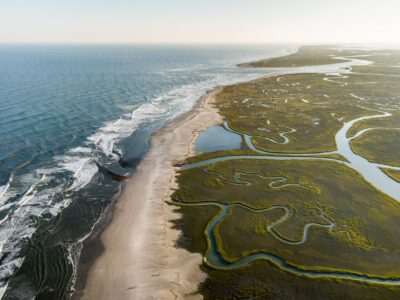
Sea level rise is eroding Virginia’s barrier islands, potentially flipping carbon rich coastal ecosystems from sinks to sources.

Sea level rise is eroding Virginia’s barrier islands, potentially flipping carbon rich coastal ecosystems from sinks to sources.
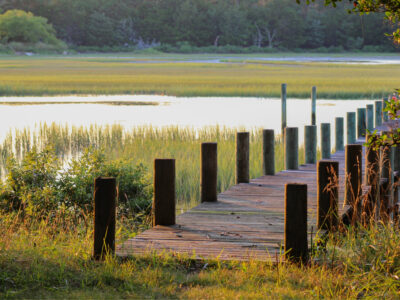
Finding one’s place in research, through photography: Paul Leoni and Jess Liu explore a field season.
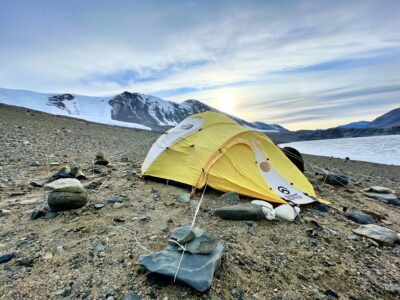
The Antarctic has little infrastructure, so reduce, reuse, and recycle are particularly important. Learn about sustainability initiatives at the McMurdo Dry Valleys LTER.

The LTER monthly community call provides an opportunity to hold seminars, discussions, and learning opportunities of relevance to the broad LTER research community.

In 2024, the LTER Network Office will offer two FieldFutures workshops designed to prevent harassment and assault in fieldwork. Target audience: These workshops are designed for LTER researchers who expect to be in leadership roles in the coming field season. This includes, but is not limited to, investigators, graduate students, postdocs, and staff. Sessions (register… Read more »

By culturing fungi living within salt marsh plants, Postdoctoral Researcher Dr. Kylea Garces and PhD student Mya Darsan can learn not only what fungi are present, but how they benefit their plant hosts.

Contorted upside down and backwards, my face pressed into the smallest openings, I marveled at the mesmerizing whorls of the corals’ skeleton.

This year, the LTER took a hard look at our challenges and successes, our unique position in the world of ecology, and orchestrated a path towards a vibrant and collaborative future.
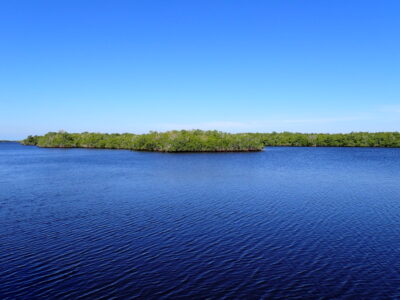
Experience a day in the life of field research in the Everglades mangrove forests: full of beauty, wonder, and core research on the flow of resources through this resilient ecosystem.
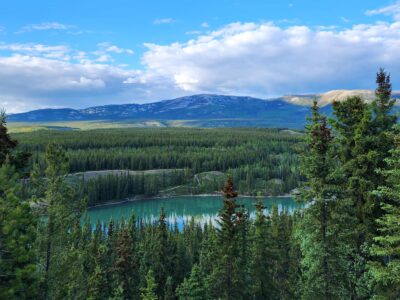
Come to find out, Christmas trees burn like you would not believe. Nick Link explores the events that led to an ecology PhD.